Bravo to Brussels
Belgium is known for its waffles and chocolate. On a recent trip to Brussels, Belgium we learned so much more about this historical capital city. Today, Brussels is considered the political center of Europe with both the EU and NATO headquartered there. Due to this, there are over 180 nationalities that live in Belgium. French, Dutch and, thankfully for us, English are all widely spoken in this great city.
This post gives highlights of places to stop, things to do and a few great eats, while on a short stay in Brussels.
There is so much to do and see in this charming city. The good news is that the city is very walkable and public transportation is excellent.
The Grand Place
In the heart of Brussels' historic district, a UNESCO World Heritage site, sits the Grand Place (Big Market). This central location has served as the city’s main marketplace for hundreds of years. Each building represents the trade of the shopkeeper who once operated there, living in the space above. The roots of the Grand Place date back to the 10th century. However, in 1695, a fire broke out, destroying many of the buildings. Today, the Grand Place serves as the center of the tourist district and is one of the most beautiful city squares we’ve ever seen.
Look closely at the Town Hall in the center of the Grand Place. It was actually not destroyed in the fire so it dates back to the 15th century. A great architect of the times designed this building, in a traditional Gothic style. Notice what’s wrong? The stone work and statues rising off of the door are off center! Legend has it that once he realized his error he climbed to the top of the tower and jumped to his death. Tough mistake to make.
Have you ever seen a more beautiful Starbucks? This was once the Le Cornet, the House of Boatmen and next to it the The Fox, House of Haberdashers (hat makers)
A great way to learn all this great history and folklore, is by taking a walking tour. We found a great tour through Viator, that started right in the center of the Grand Place.
The statue below is that of a hero in Brussels, Everard ‘T Serclases. It is said that he saved the city from invasion in the 14th century. The statue in his honor was placed just off the square. It was said that if you touch the arm you will return to Brussels. Again, so much folklore!
Mannekin Pis
When discussing sightseeing in Brussels, the 2-foot bronze statue of a little boy peeing in a fountain is sure to come up. Everyone wonders, what's the big deal? Rooted in folklore, there are several stories explaining the city's affection for this statue. A favorite tale is that during a great fire, a young boy helped to extinguish the flames by peeing on the fire, saving the king’s castle from burning down.
The statue has a long history, with the first version dating back to 1619. It has been stolen and remade multiple times. Today, the statue you see is just a block from the Grand Place is a copy; the most recent "original" is housed in the Brussels City Museum.
Additionally, the wardrobe of Mannekin Pis has become a national treasure. He has over 2,000 costumes, many of which are on display in a museum just a couple of blocks away. Only two people are entrusted with the noble task of deciding and changing his outfits. On the day we visited, he was dressed in a traditional uniform from Montenegro, though we never quite understood why.
In His Natural State
If you’re in the city a few days, you may see different versions of him. On a stop the following day he had no costume at all!
And then there is Jeanneke Pis, the female version of Mannekin Pis. She, however, does not have such a long legend. She was added in 1987 and sits a couple of blocks of the Grand Place opposite where Mannekin Pis sits. Sadly after so much vandalism, she now has bars around her. It was Pride week while we were there so she was flaunting her rainbow feather boa.
I don’t think I’ve been in a city with so much folklore and legend! It was really fun to see it all.
Belgium Waffles
On our walking tour it was finally time for the Belgium waffle tasting. Did you know that waffles are not a breakfast in Belgium? They are also not, technically dessert. They are traditionally a late afternoon treat, served with coffee or tea.
Traditional Belgium Waffle.
The waffle did not disappoint! They were light and fluffy and perfectly sweet.
Even Mannekin Pis has a waffle shop!
Belgium Chocolate
Other than waffles, chocolate is the other famous food that Belgium is known for. If you take a walking tour, most won’t miss a stop at a Belgian chocolatier. One of the most famous chocolatiers in Belgium is Neuhaus founded in 1857. The founder Jean Neuhaus, was actually a Swiss pharmacist, who wrapped bad tasting pills in chocolate in order to make them easier to swallow.
The first Neuhaus store was in one of the oldest “malls” in the world, The Galeries Royales, still operating today. Other than several chocolate shops the mall has apparel and high end accessories shops, as well as restaurants.
Our tour did not stop at Neuhaus to taste but rather Mary’s Chocolates, just across the way in the mall. Mary Delluc founded her shop in 1919. She was known for her more art deco style chocolates and kept lists of the favorites of all of her clients. In 1942 Mary’s became the Belgian Royal Warrant Holder, meaning she was the official chocolatier to the Royal Family. Mary’s still holds that title today.
A Belgium Must Try: Chocolates
Mary’s Chocolates were creamy and delicious. In fact we all loved it so much our tour operator got a second helping for the group!
Whether you try Mary’s, Neuhaus or any other, a stop at a chocolate shop in Brussels is a must do!
Architecture
Like many historical cities, Brussels has it’s share of interesting architecture. There is both old (after the 16th century fire), very old and new architecture throughout the city. Pictured below, is looking back toward the Town Hall in the Grand Place. At the top of the spire sits a 9ft tall gold statue of Saint Michael, the patron saint of Brussels. You see many of these statues throughout the city, and usually, Saint Michael is slaying a dragon or demon.
Another tribute to the Patron Saint Michael is, The Cathedral of Saint Michael and Saint Gudula, was built in the 11th century. Like so many massive cathedrals in Europe, it was a stunning display of architecture and handcrafted stonework.
Not far from the Cathedral sits the Royal Palace. Similar to the Royal Palace in Madrid, the King and Queen of Belgium do not reside here. Instead, this building is used for official royal business. The Palace is relatively "new," with its final construction completed in the 1930s.
An interesting fact we learned is that the height of the Royal Palace, the Cathedral of Saint Michael, and the Town Hall are all the same, despite the palace being on top of a small hill. This is said to signify that church, state, and royalty are equally important.
A view from near the palace looking back on the city through the Jardin du Mont des Arts. A good visual description of both old and new architecture.
Speaking of architecture, there’s a large statue of this famous guy right outside Brussels Central. Did you know the Smurfs originated in Belgium?
Cinquantenaire Arch and Royal Museum of Armed Forces and Military History
On a chilly Saturday during our stay in Brussels, we decided to explore an indoor museum. Just a short subway ride from the city center is the impressive Cinquantenaire Arch. Completed in 1905, this stunning monument was built to commemorate the 75th anniversary of Belgian independence. Atop the arch sits a magnificent bronze statue of a chariot drawn by horses, titled “Brabant Raising the National Flag,” symbolizing the nation's hard-won independence.
The arch is flanked with fascinating museums. We chose to visit the war museum as we were on a trek in this part of Europe exploring WWII history.
Entry to the museum is just a few euros and it was not crowded at all. This was, by far, the most comprehensive military museum we’d ever seen with collections dating back to the middle ages. The WWI and WWII collections were the most expansive.
Did you know that Leonardo da Vinci designed a tank in the 15th century? However, it was far ahead of its time. The first practical use of tanks was during WWI, with this particular model used by the French. Winston Churchill played a significant role in the development of tanks, initially called "Landships" during their design phase.
To keep the tank's development a secret from the Germans, the British spread the story that they were creating a "water tank." This is how the name "tank" originated.
One of the most impressive parts of the museum was the Aviation Hall. This massive hall held over 100 flying crafts of all kinds from WWII. It also had hot air balloons and an F16.
The museum had an extensive collection of war uniforms. This included a WWII display of American uniforms.
Honoring Winston Churchill
In the hall of WWII there was a bronze statue of the English Prime Minister who contributed so much to both world wars.
There a lot of great museums and galleries to visit on a chilly day in Brussels. We were glad we chose the Military and War Museum, as we learned so much!
Traditional (and) Delicious Eats in Brussels!
People talk about how wonderful the food is in Paris. We will say that we found the food just as excellent in Brussels with a wide variety of traditional and varying cuisines. While in Brussels one traditional dish is Moules-Frites (mussels and French fries). This dish and many other versions of mussels can be found throughout the city. On our short stay, we found two outstanding restaurants worth sharing.
Chez Leon
Chez Leon is famous for it’s Moules-Frites. We loved it so much we actually went there twice during our stay. We also tried the cheese croquets and mussels in garlic butter sauce. Everything was delicious and the service, outstanding. And, true the Belgium culture, you’ll even find a Smurf statue inside the restaurant.
aux Armes du Bruxelles
For fine dining, Armes du Brussels is outstanding. It is a Belgian restaurant right in the heart of the historic district. The food to us was decidely French starting with Escargot. The Duck in Orange sauce and rack of lamb were delicious too. The chef at Armes du Bruxelles was formerly the chef at Chez Leon, just across the street!
Heading for the Train!
We were fortunate, in that our hotel was right near the subway, which took us to the train station where we boarded our train to France.
It was a short stay, but definitely worth a visit to learn, eat and engage in the Belgian culture!










































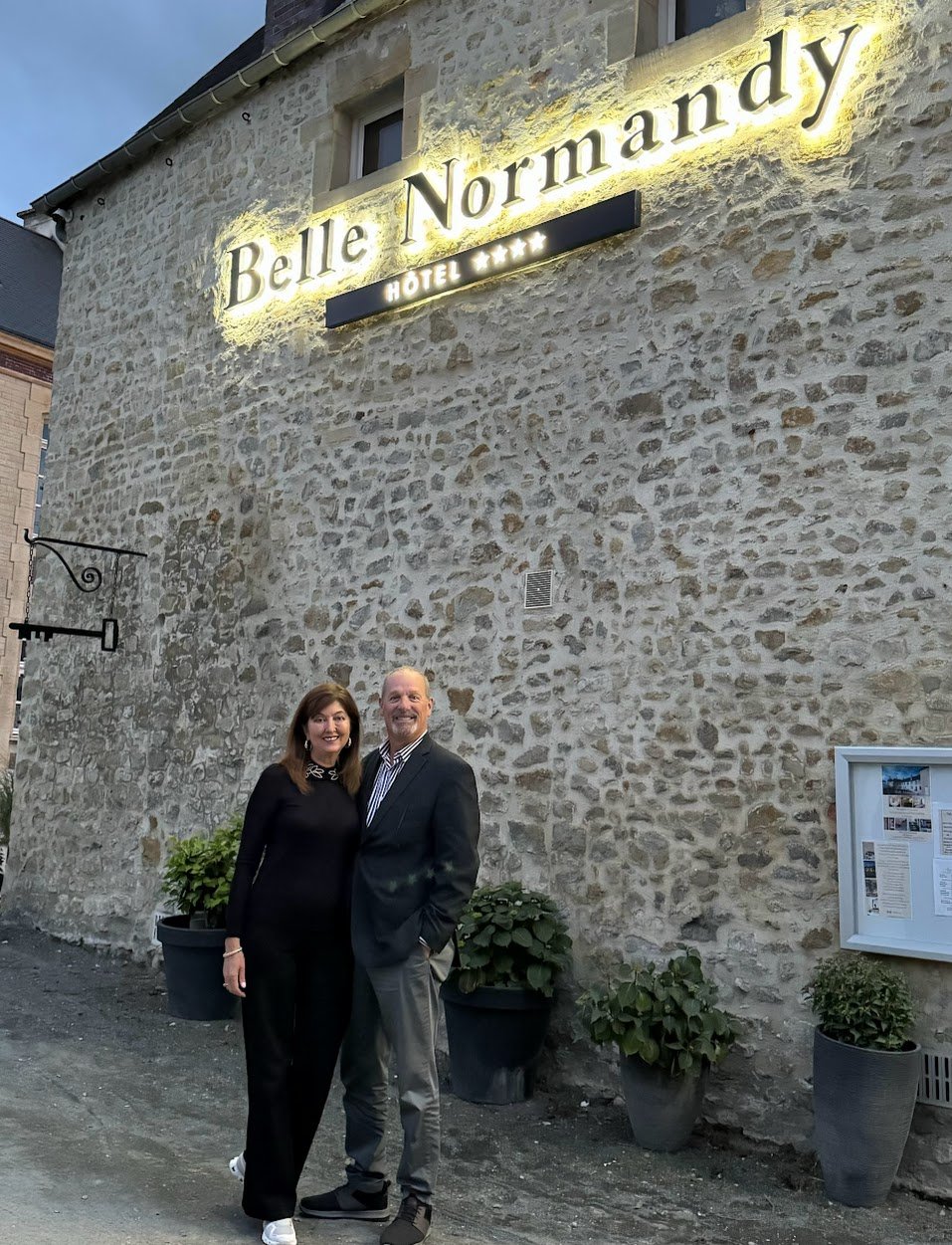
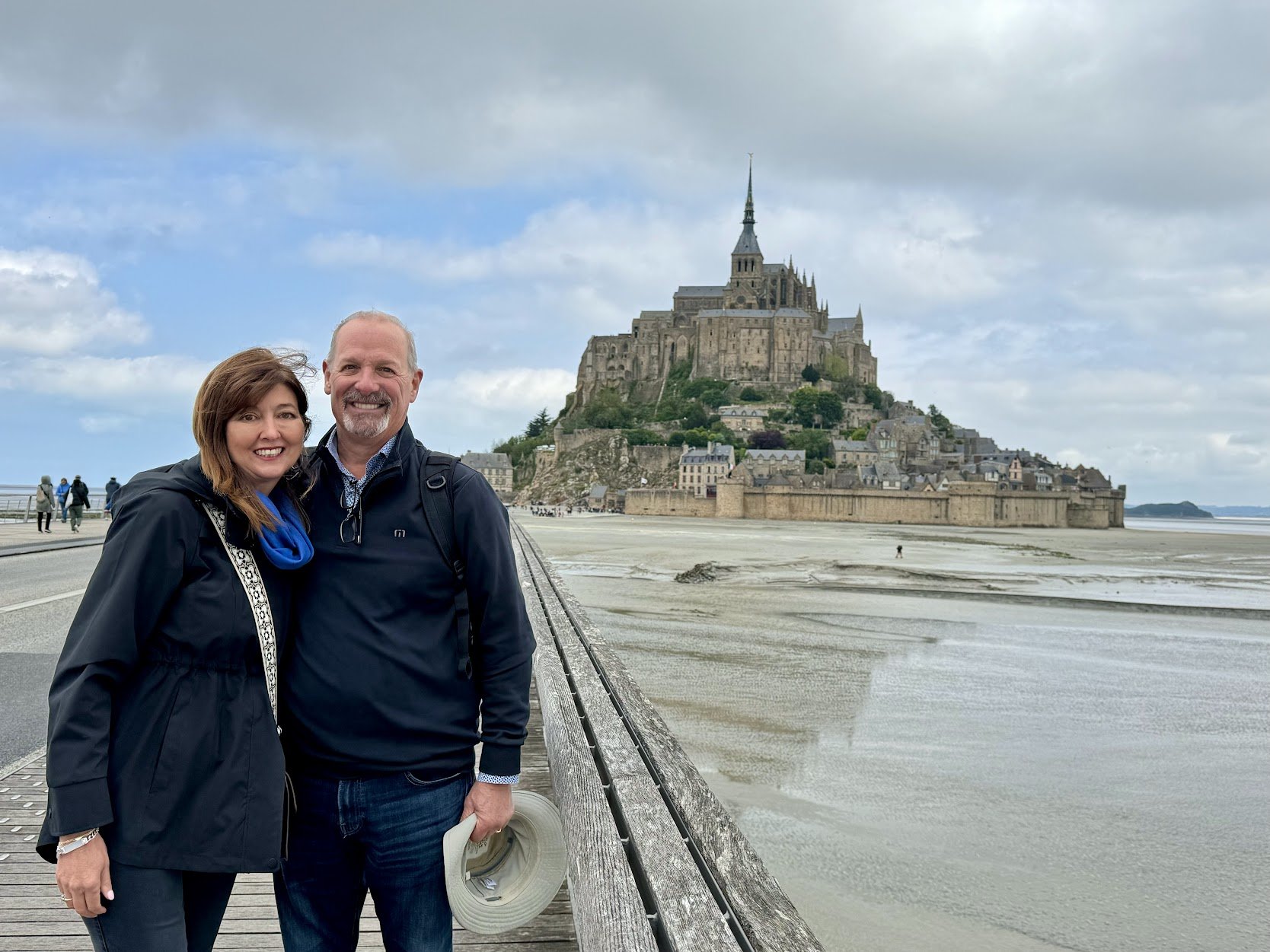
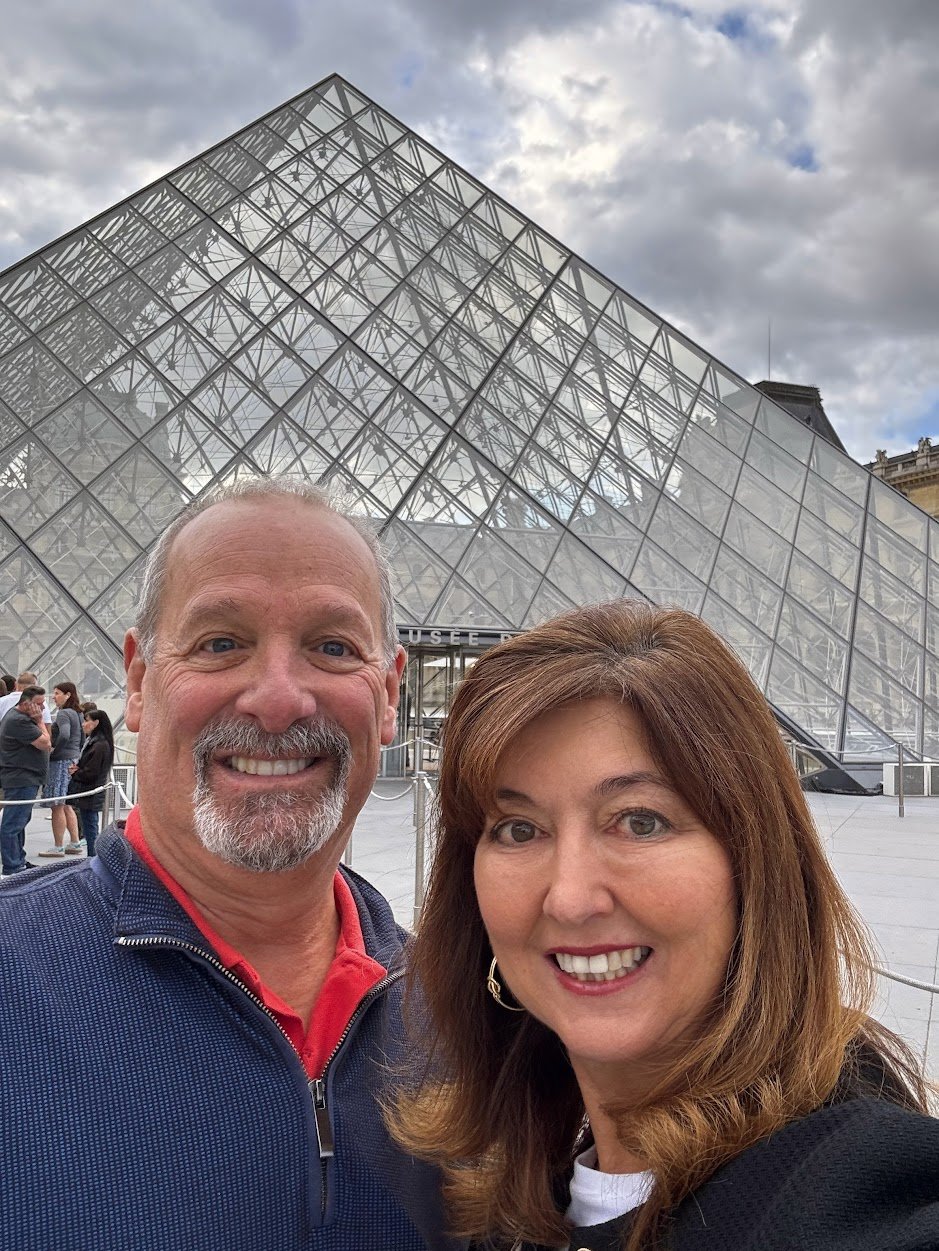
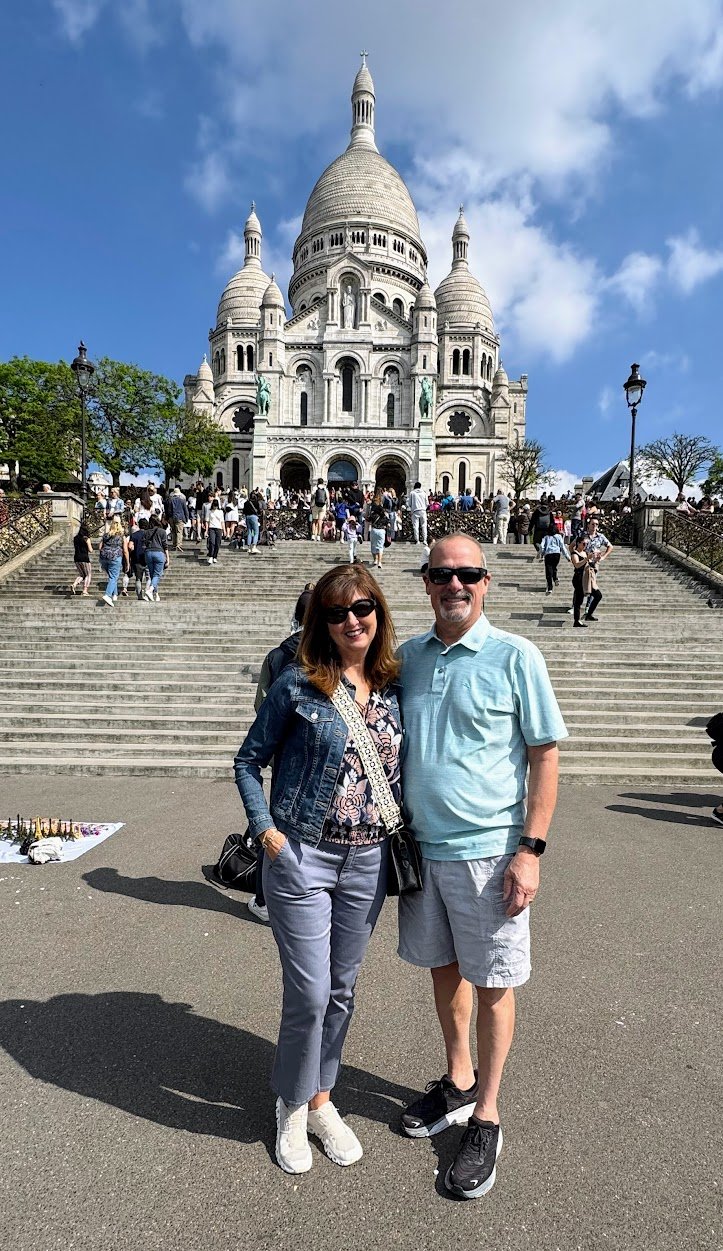

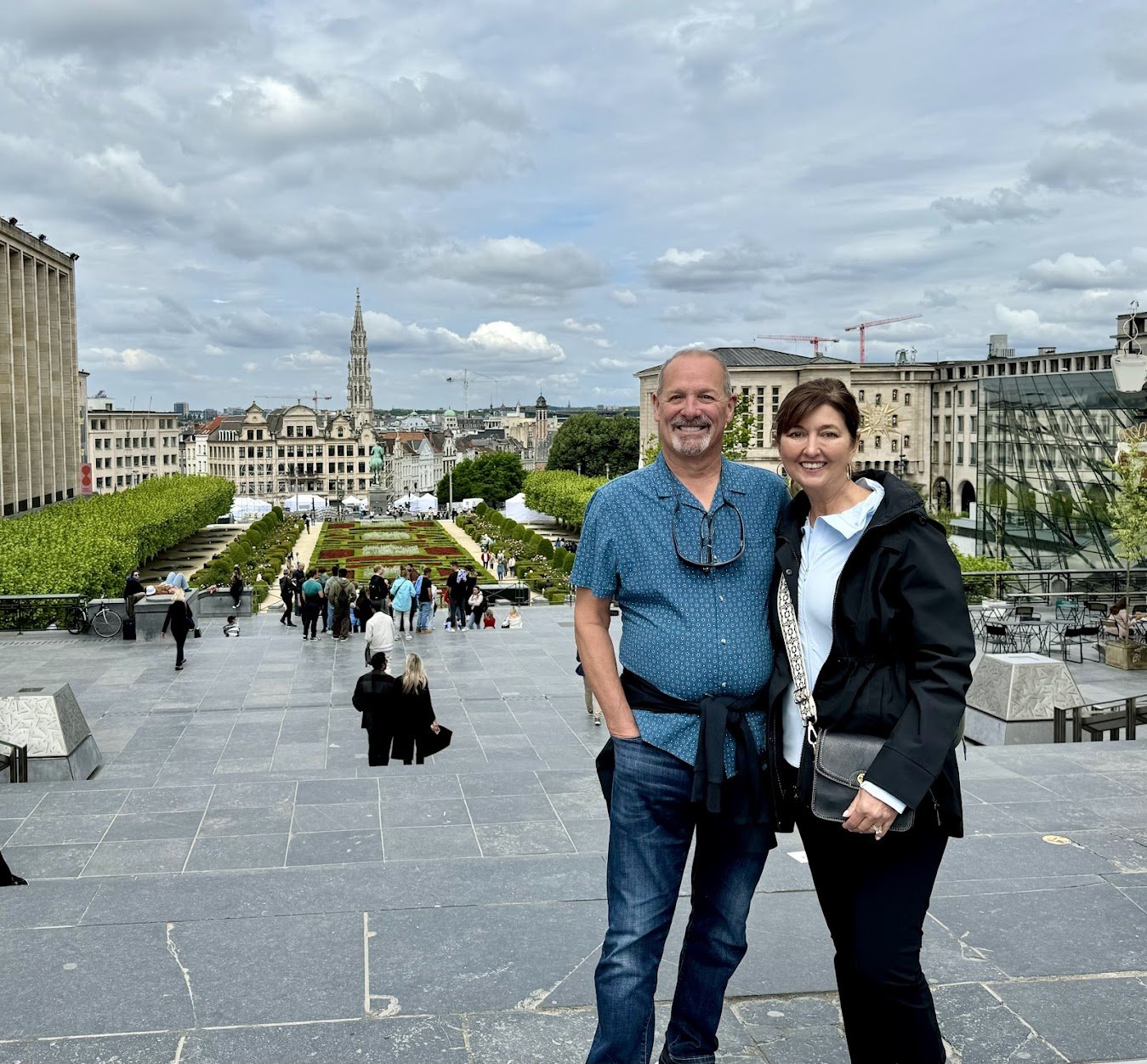

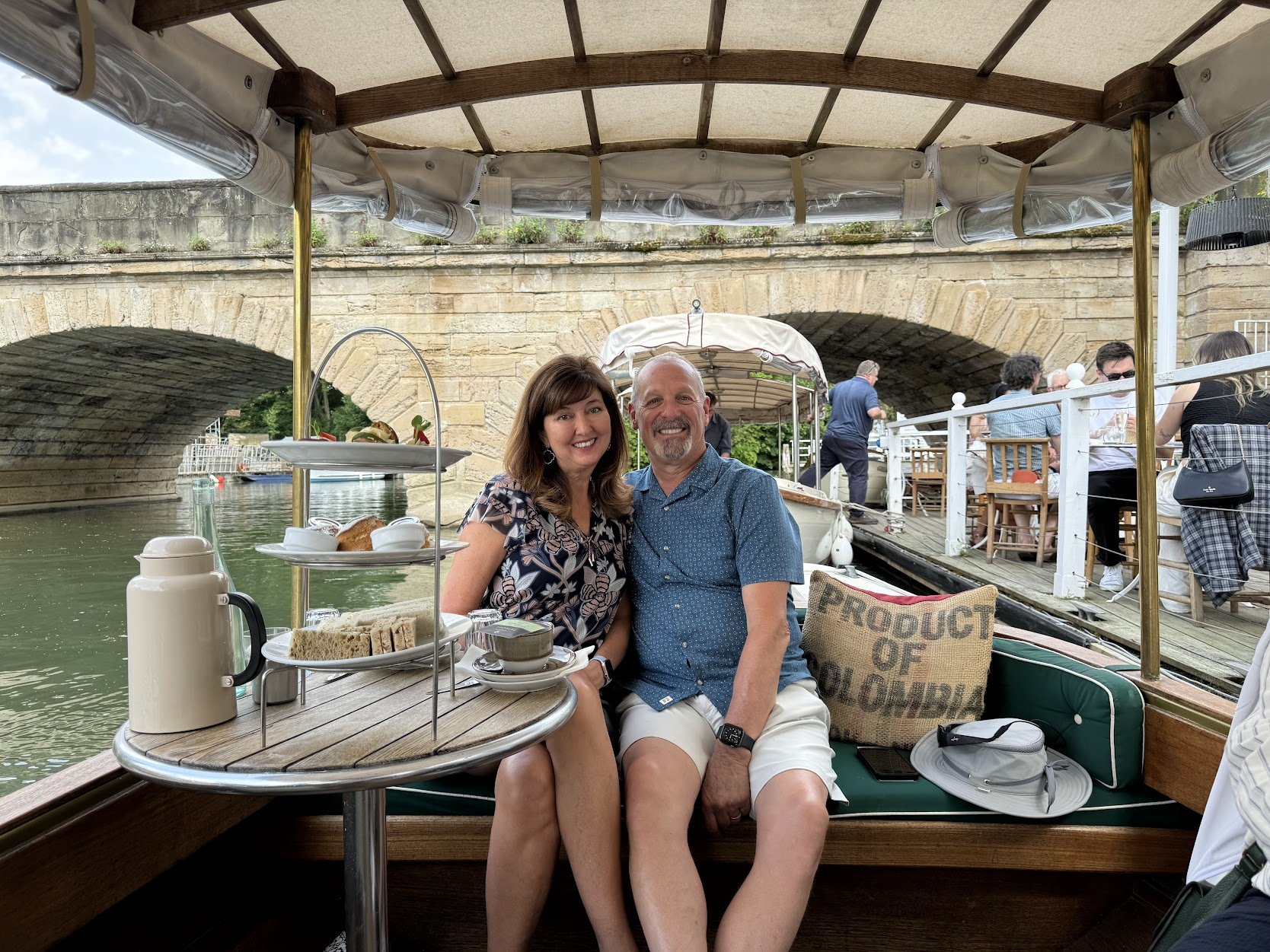
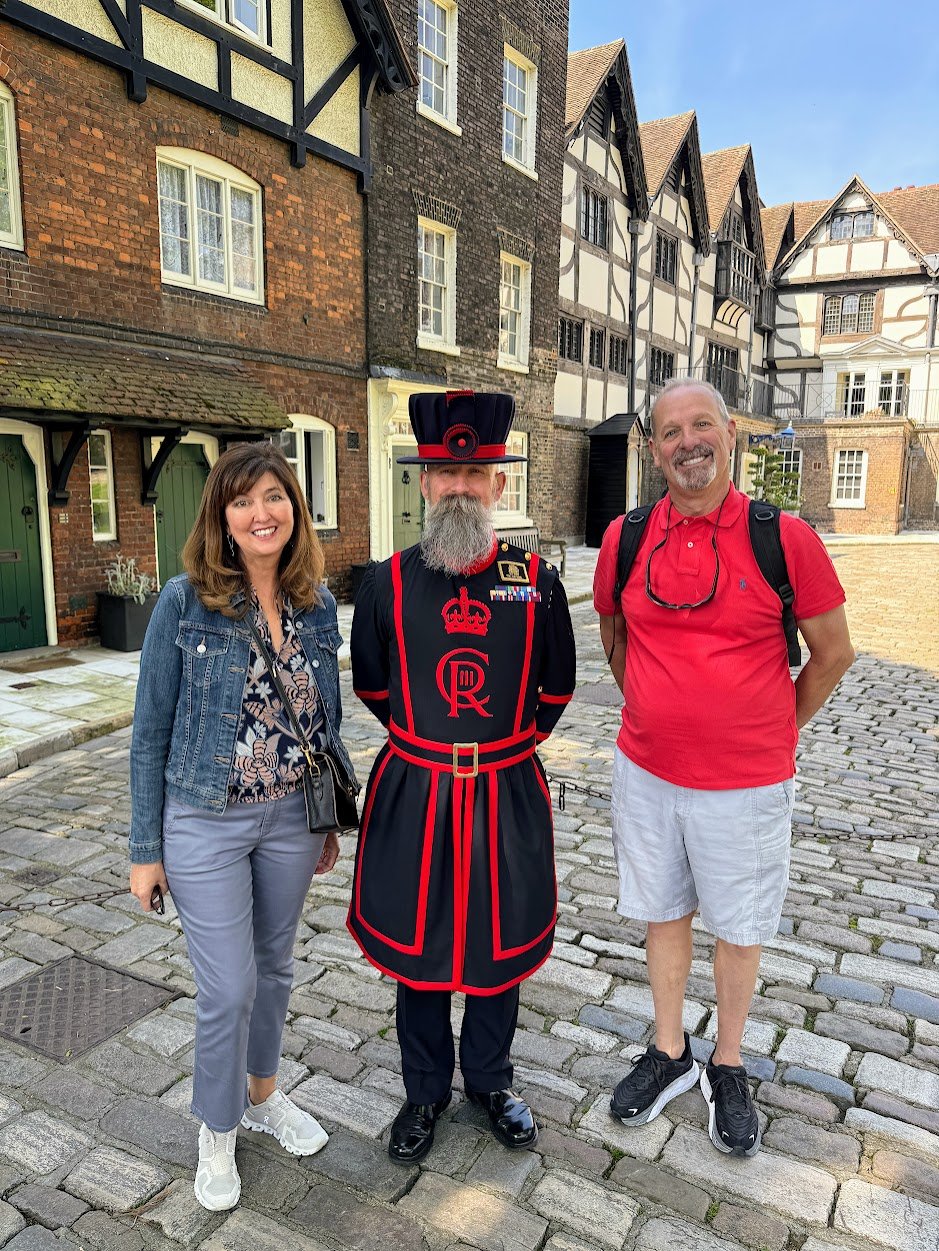
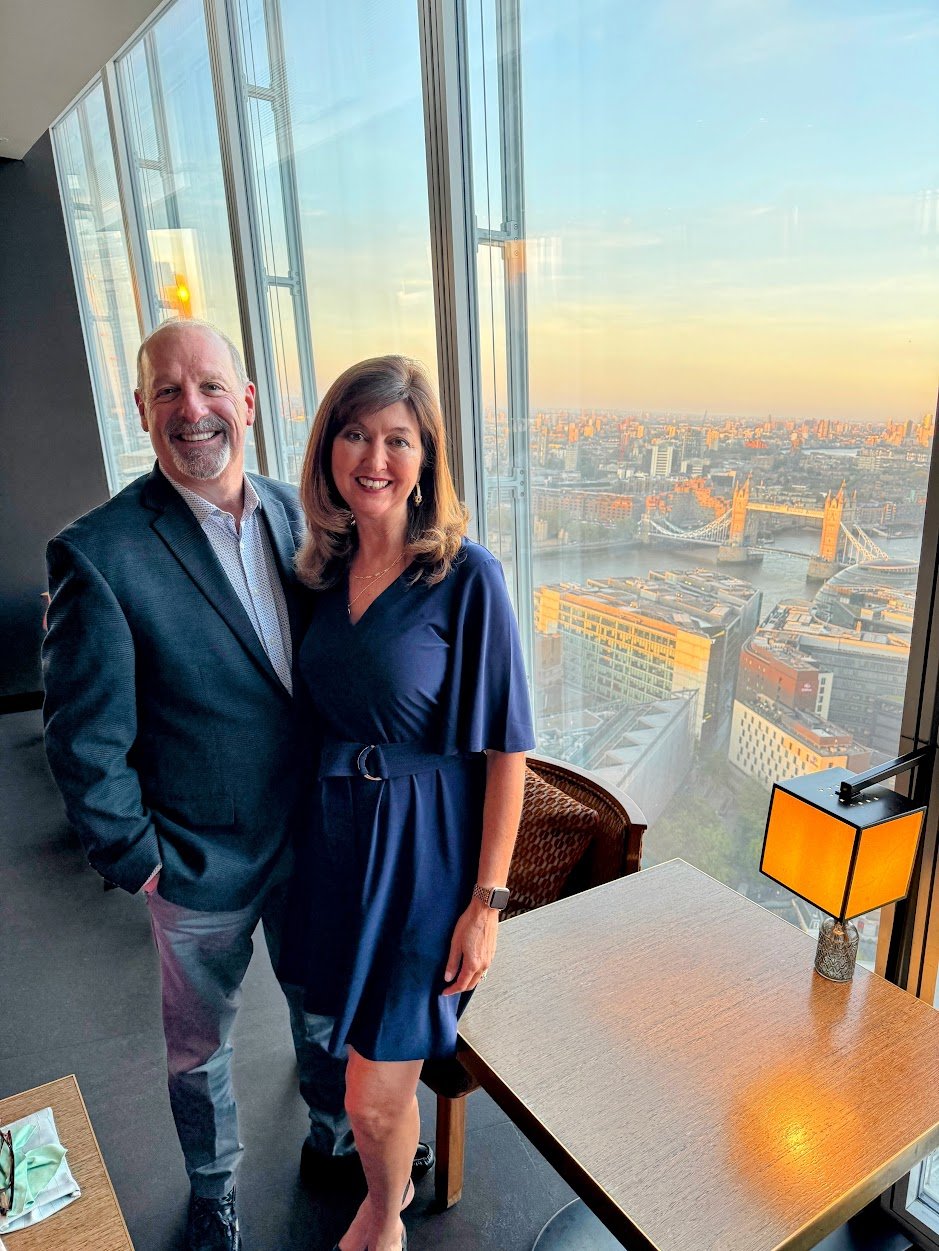
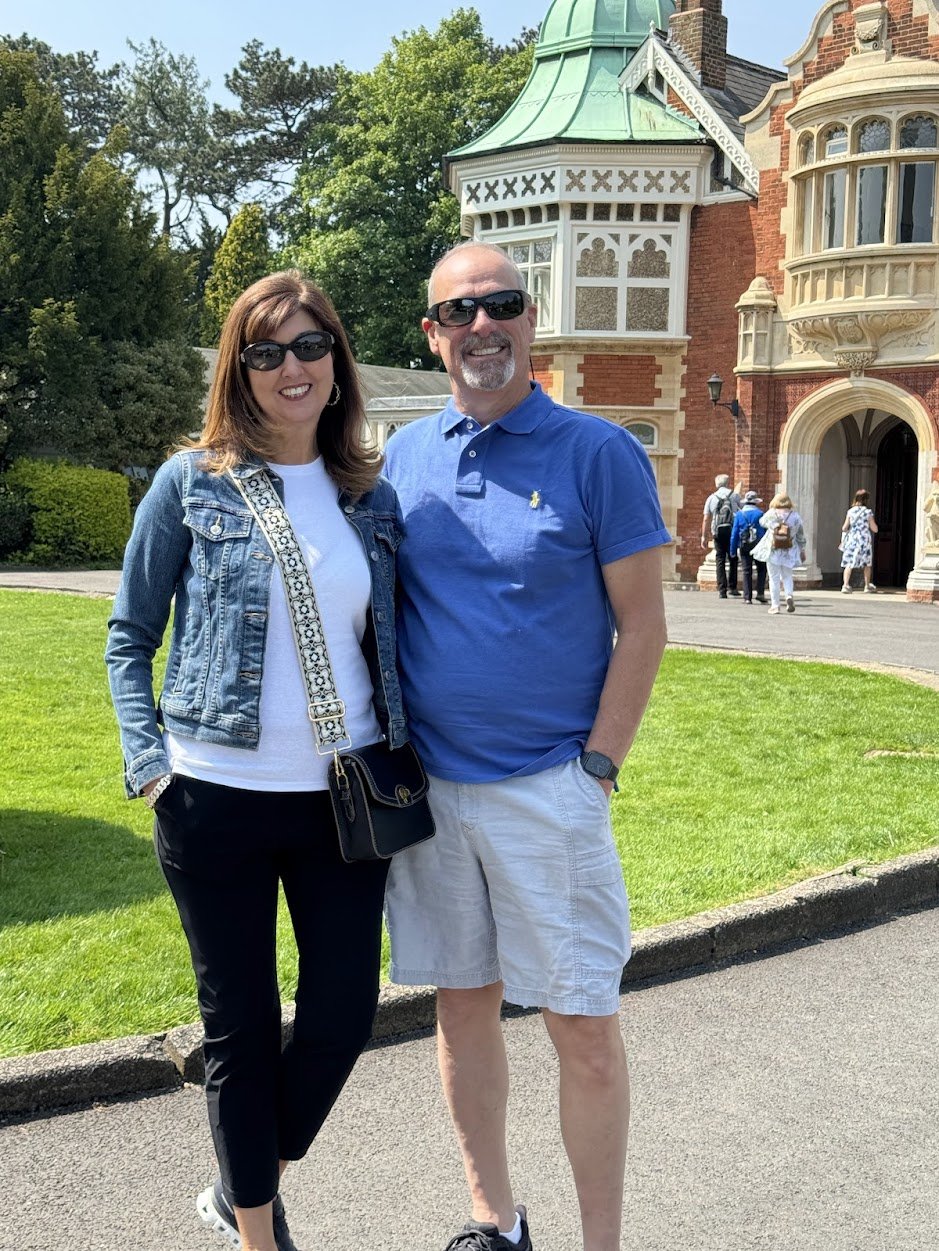
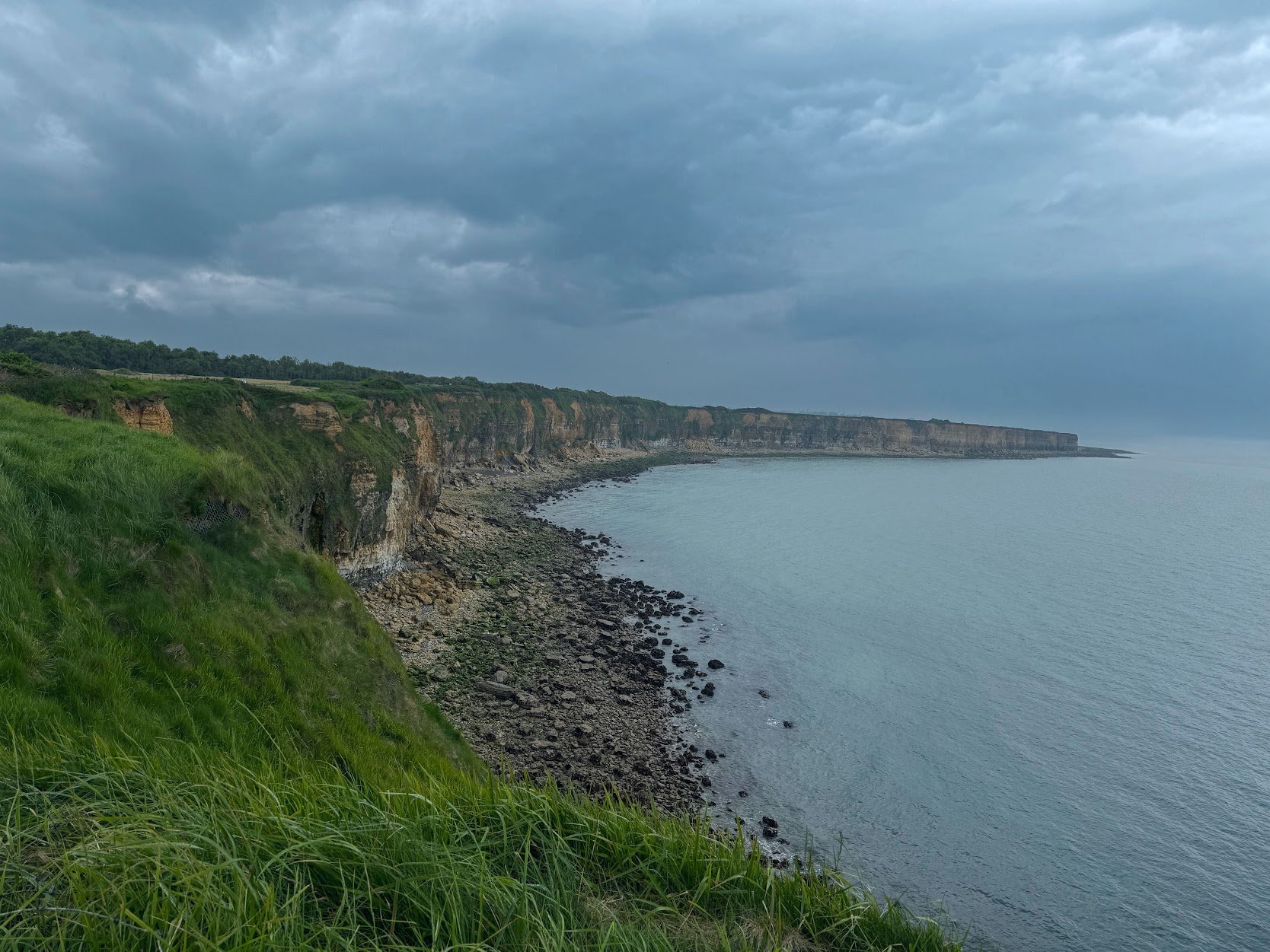

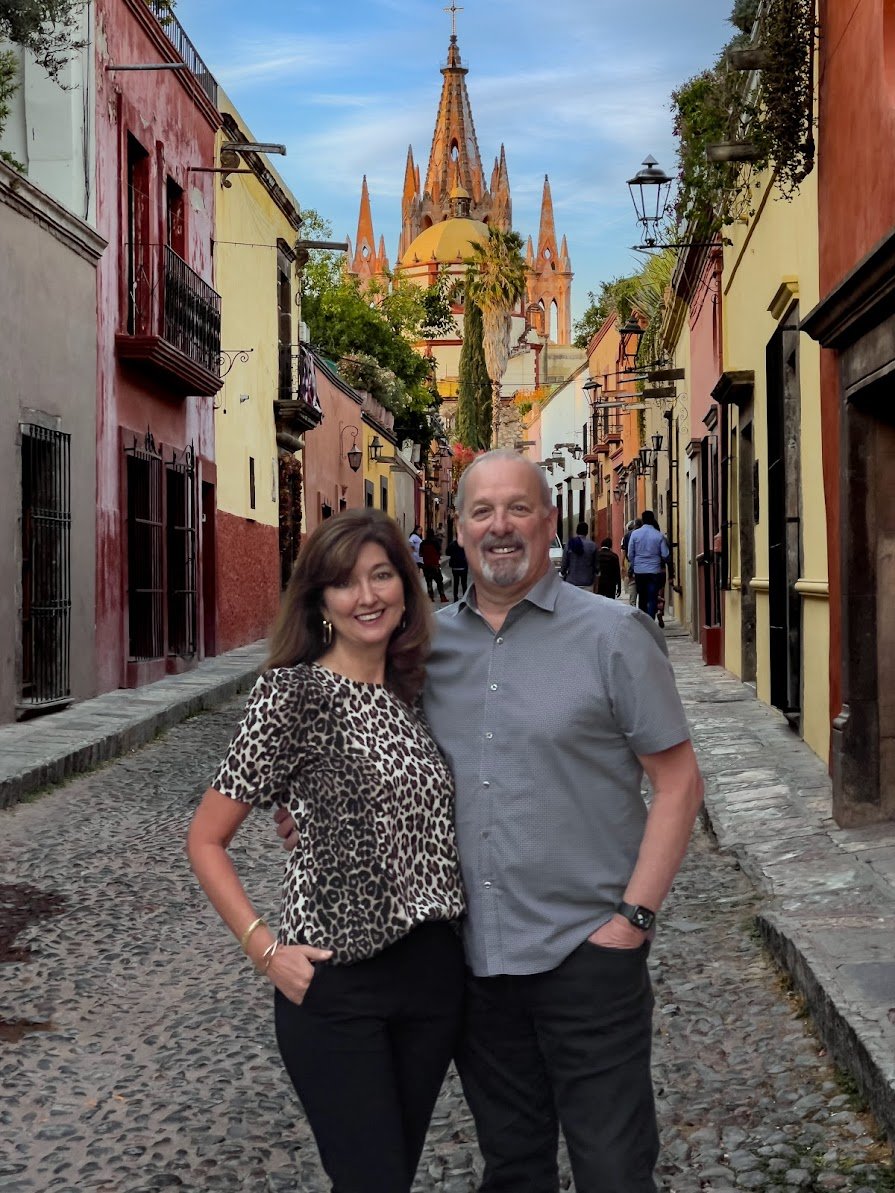
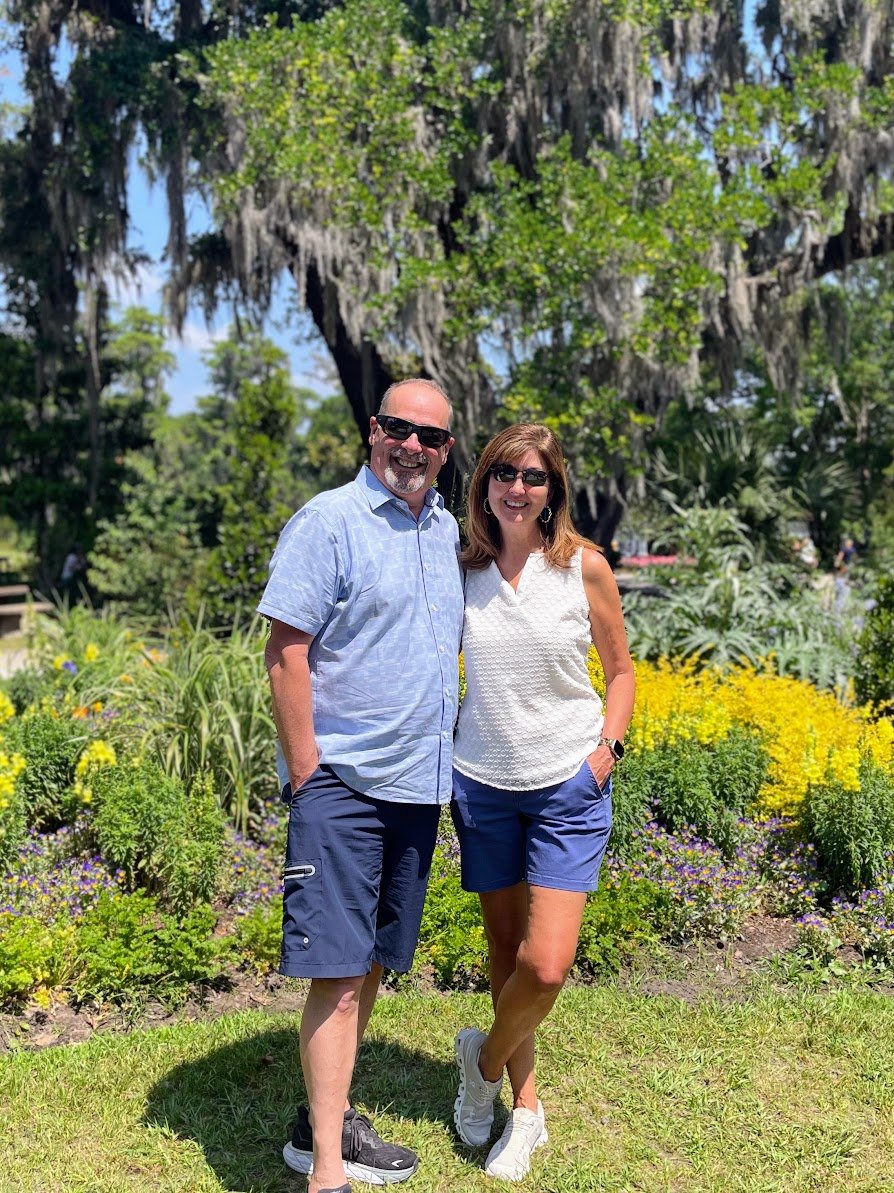
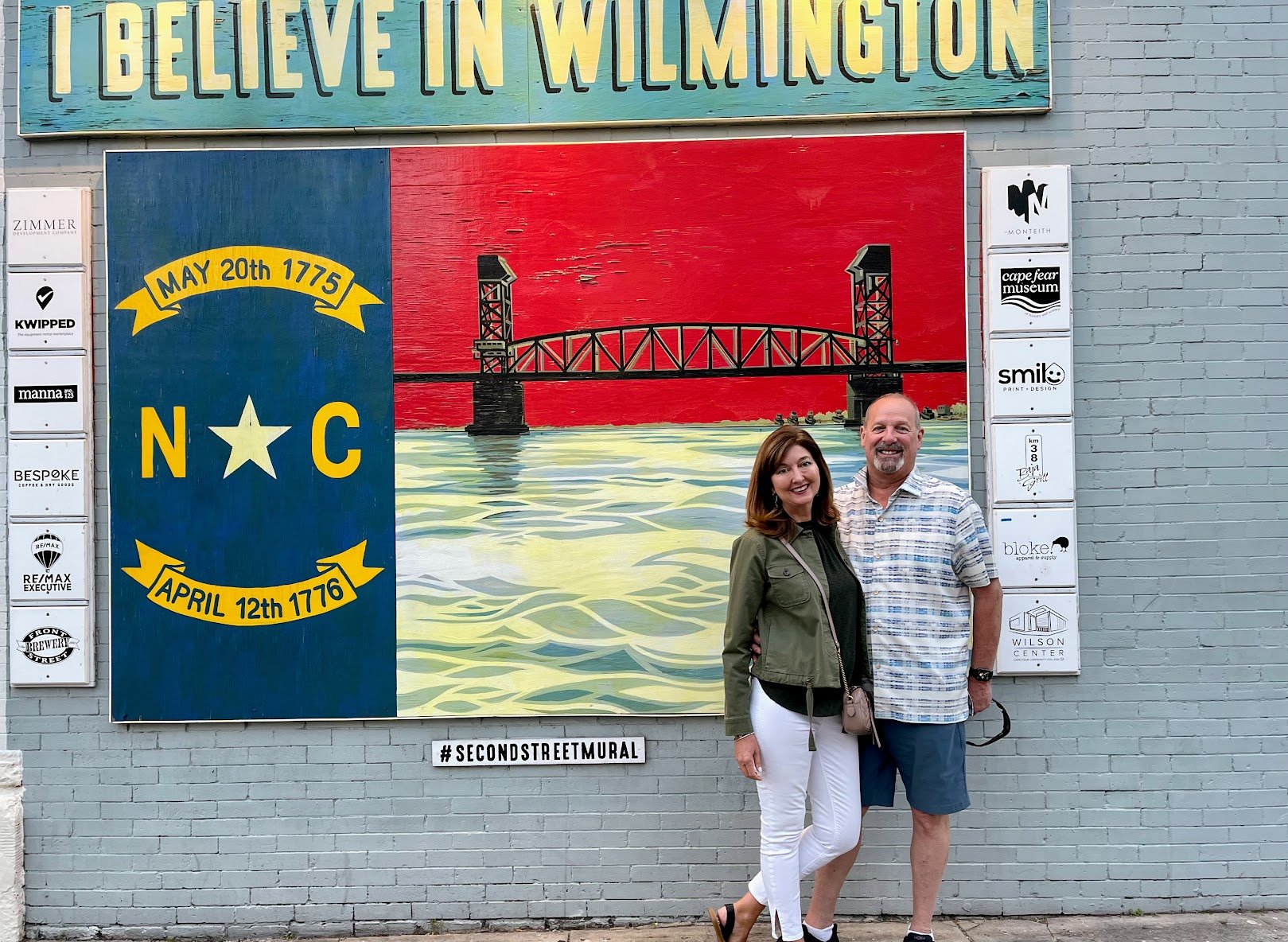
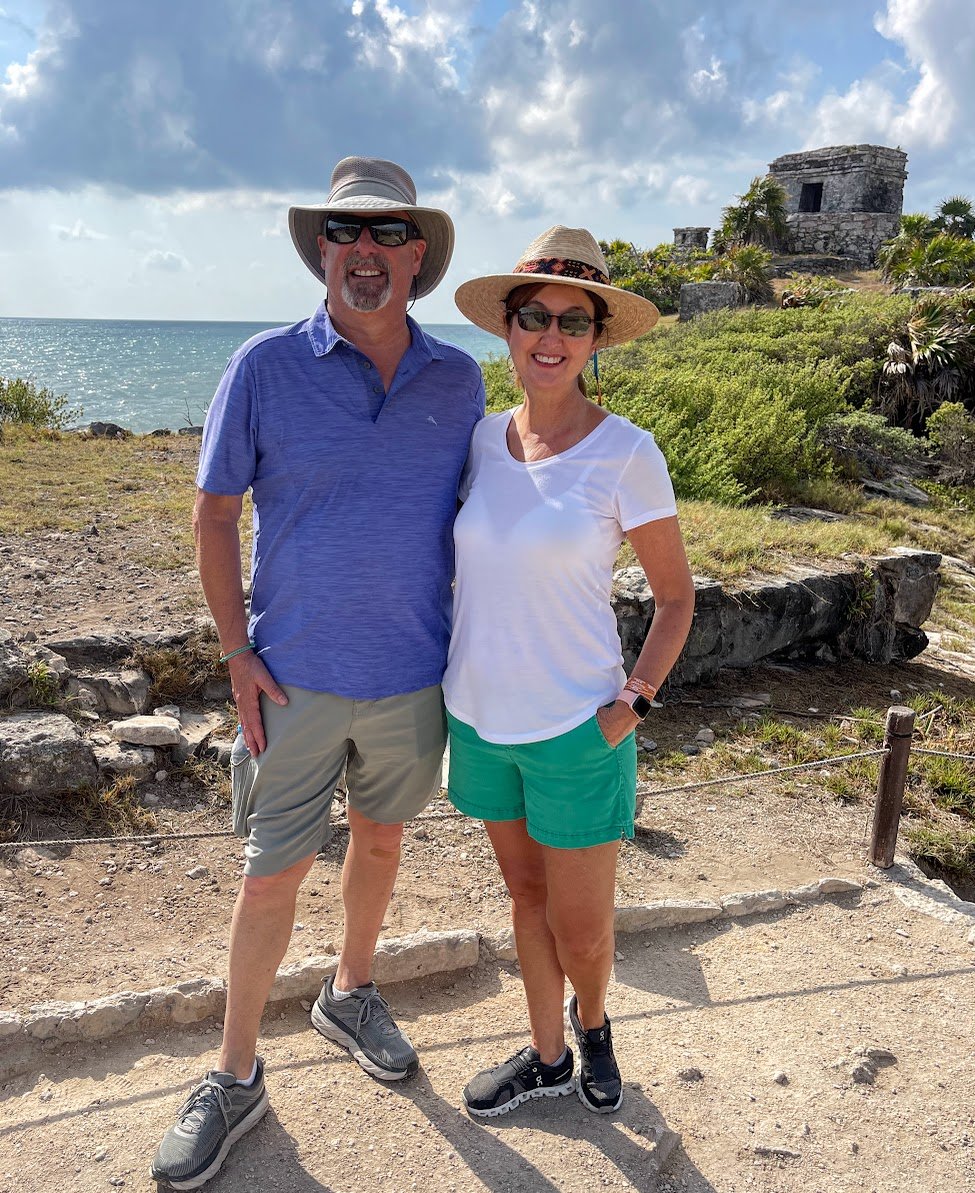

This post explores some of the fascinating historical sites in and around Santa Fe.